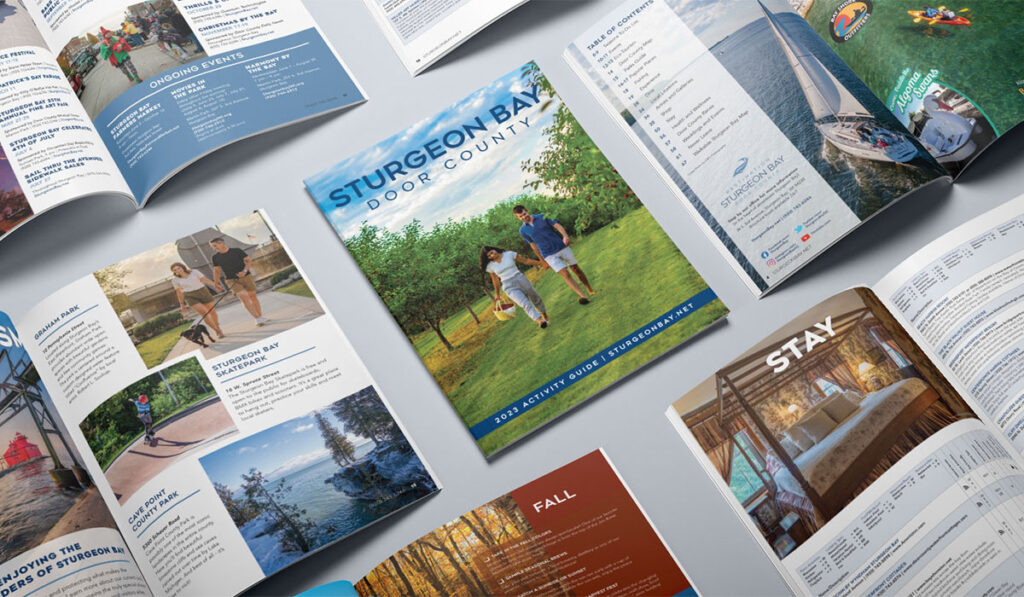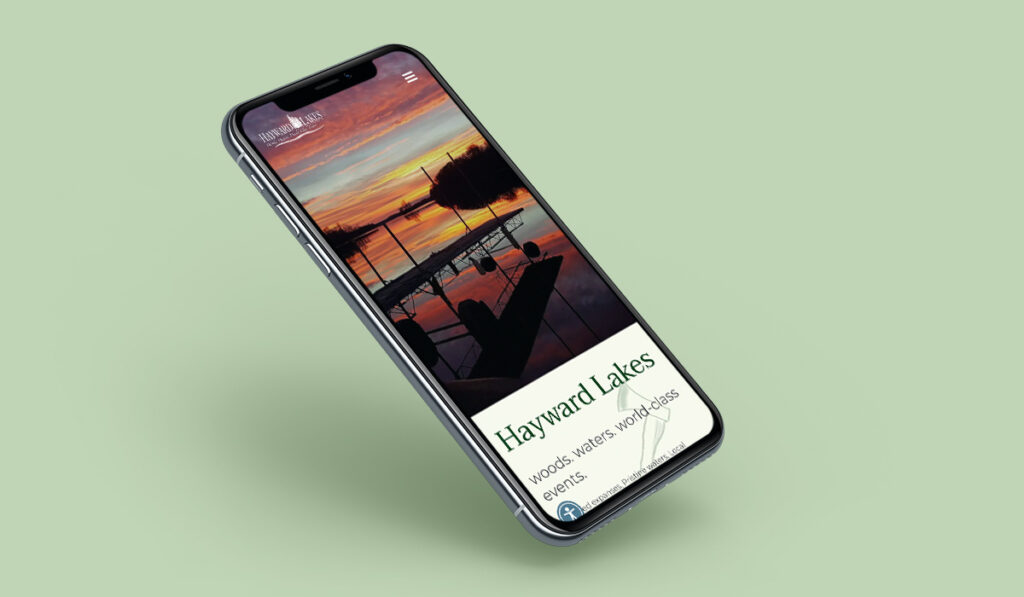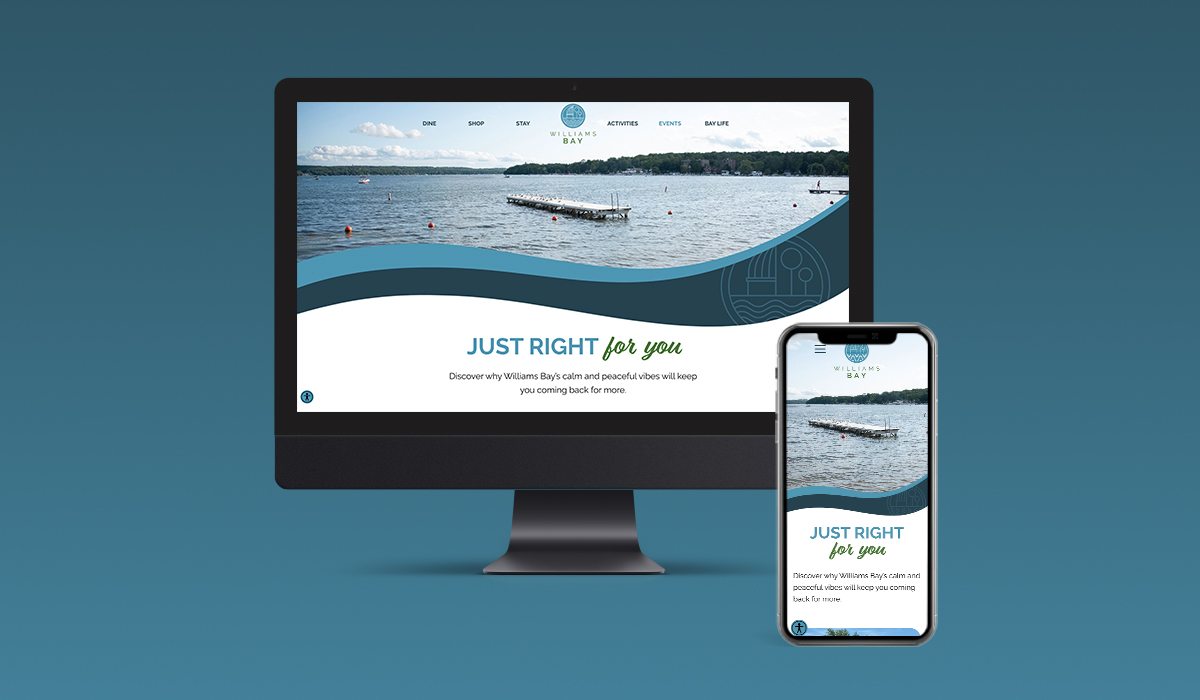
Writing a Request for Marketing Proposal is Equally Loved and Hated by Both DMOs and Agencies
We get it. Because of your organizational bylaws or municipal procurement requirements, a Request for Proposal (RFP) is necessary but also frustrating beyond comparison.
Just imagine you spend weeks assembling everything because most RFP requirements date back to the 90’s. Finally it is approved and published. Then nothing. No responses.
Crickets.
DON’T LET THIS HAPPEN TO YOUR RFP.
If you can reduce your RFP down to these following elements you’ll get a boatload more responses.

Describe Your Project Needs and Objectives
Why are you doing this? Include relevant information about the circumstances leading up to the RFP. This can include economic data, feedback from travelers, or other insights into the project.
Don’t turn the project description into a history essay. Keep it focused on the project objectives.
Here’s an example of a focused objective, “The City of Anytown seeks to improve our website’s organic search performance for our four key community events…”
Outline the objectives of your project. If you are trying to impact specific metrics or specific data points be sure to include details about them.
An example of a metric or data point would be, “Anytown’s SEO program should deliver a 10% increase in year-over-year organic search traffic in the first 12 months…”
Be Specific with Your Deliverables
One of the key reasons many agencies decide not to submit a proposal is a lack of defined deliverables. You can go into details about each deliverable separately, but include a simple bullet list of what your organization needs to come away with.
A good list of deliverables for a website might include:
- WordPress-powered website that fulfills our functionality requirements
- Website hosting and maintenance agreement
- Monthly content updates and SEO program
- Matching email newsletter template for Constant Contact
The RFP may go on to explain the functionality requirements for the website, your support needs, and other details. But the final deliverables are clearly listed.

Set a Timeline or Project Completion Date
Parkinson’s Law states that any project expands to fill the time allotted for its completion. Don’t leave your project without a due date!
Each agency may have a different timeline in which projects are completed, but everyone works more efficiently when there’s a deadline.
Don’t randomly pick a date. Do some research or speak with peers who have done similar projects. Find out if six months is realistic for a branding project or would 12 months be better.
Have a Question and Answer Process
Out of the hundreds of RFPs we’ve seen—all of them lead to questions. Make sure you include a process where agencies may submit questions about your quote request.
When answering the questions, be as complete as possible. Answers like, “send your best recommendations” don’t provide actionable guidance for agencies. One Q&A document had numerous questions, some involving multiple paragraphs, and answers were limited to yes, no, and make your recommendation.
Publish the questions and your answers to anyone interested in responding. This will help get proposal submissions that are similar in scope and vastly easier to compare to one another.
The questions and answers section is a preview to agencies on how you will communicate during the project.
Share Your Budget
This helps everyone involved. Establishing your budget up front will help you receive far more accurate proposals. Agencies will likely not submit to projects that don’t meet their fee expectations.
Through this process you will receive unqualified low-ball estimates and overqualified sky-high proposals. Budget should always be considered in conjunction with the agency’s specialties and the final deliverables.
“We don’t have a budget,” is a frequently stated answer. Most often it is in the hopes of commanding the best value. In reality, it is a warning flag to agencies. Be honest—there’s always a budget.
Describe a Successful Outcome
One question we always ask: “What will success look like?”
This should link back to your project objectives. Be clear on the outcome you expect. If there are key data points you expect to achieve, share them from the start. For projects that may not involve hard data points, share the outcome you’d consider successful.
For example, one community branding project indicated that a successful outcome would involve a branding system that accurately reflects the community in the eyes of the stakeholders and would successfully scale to the different municipal departments and other civic applications.
What made that stand out? The statement focuses on who the brand needs to satisfy and how the brand would be successfully implemented. No mass public voting. No “make everyone happy.” There will always be critics.

Submitting the Proposal
Don’t make it complicated. Many of the best qualified agencies won’t respond to RFPs because of the outdated submission process. If you’re seeking an RFP for photographers or freelance talent, the cost of submitting an RFP may exclude them.
Ben Jones, a tourism photographer that owns Boldland Creative says, “you may be missing out on some talent with an overly cumbersome RFP. The more you can streamline the process, the better.”
For example, a recent RFP required an “original” plus five numbered copies individually placed in sealed envelopes. An electronic version needed to be saved on to a USB drive and included in the master package. The submission required delivery via FedEx or UPS. No electronic submissions would be accepted.
Let that sit a minute.
We are a quarter of the way through the 21st Century. The sum total of human knowledge is carried with each of us via our phones. Originals and copies?
Allow proposals to be attached via email as a PDF or other widely available file format.
After the Selection
Let agencies know when the selection is made. Of course, the winner will be ready to pop the champagne. Those not selected will be disappointed, but will also want to know why.
Don’t burn bridges. These same agencies will likely respond to future RFPs.
- Send a timely email (no one likes a rejection letter via the USPS)
- Thank them
- Indicate they were not selected
- If there was proposal grading criteria (number system) let them know their score
- Share WHY they weren’t selected like pricing, experience, personalities didn’t jive—agencies have thick skins and really like to know what didn’t work

Other Tips to Get More Responses
Agencies and freelancers talk to each other about RFPs and the organizations that send them. Win or lose, the RFP process will determine if they will respond to any future work requests.
The RFP process is more than a waiting game. You can get even better responses by taking a few extra steps.
- Communicate! Don’t shy away from clarifying phone calls or emails
- Send the RFP to agencies you’d like to work with
- Use social media to promote the RFP
- See if there are professional associations that can also share your RFP
- Publish the RFP on your website—many agencies who are on the lookout for RFPs have Google Alerts set up
The RFP process connects you to a future agency or service partner. It is also a way for them to interview you. Some of the best providers are selective about projects. Landing the best team may mean reaching out and encouraging them to submit a proposal.Want to Talk Over Your RFP?
Interested in a no cost review of your RFP? Signalfire would love to help. Simply reach out to book a time and we’ll share feedback from an agency perspective. No strings attached.
Looking for something less formal? Want to kick around your idea? Just give Matthew a call or text at (262) 745-1743.